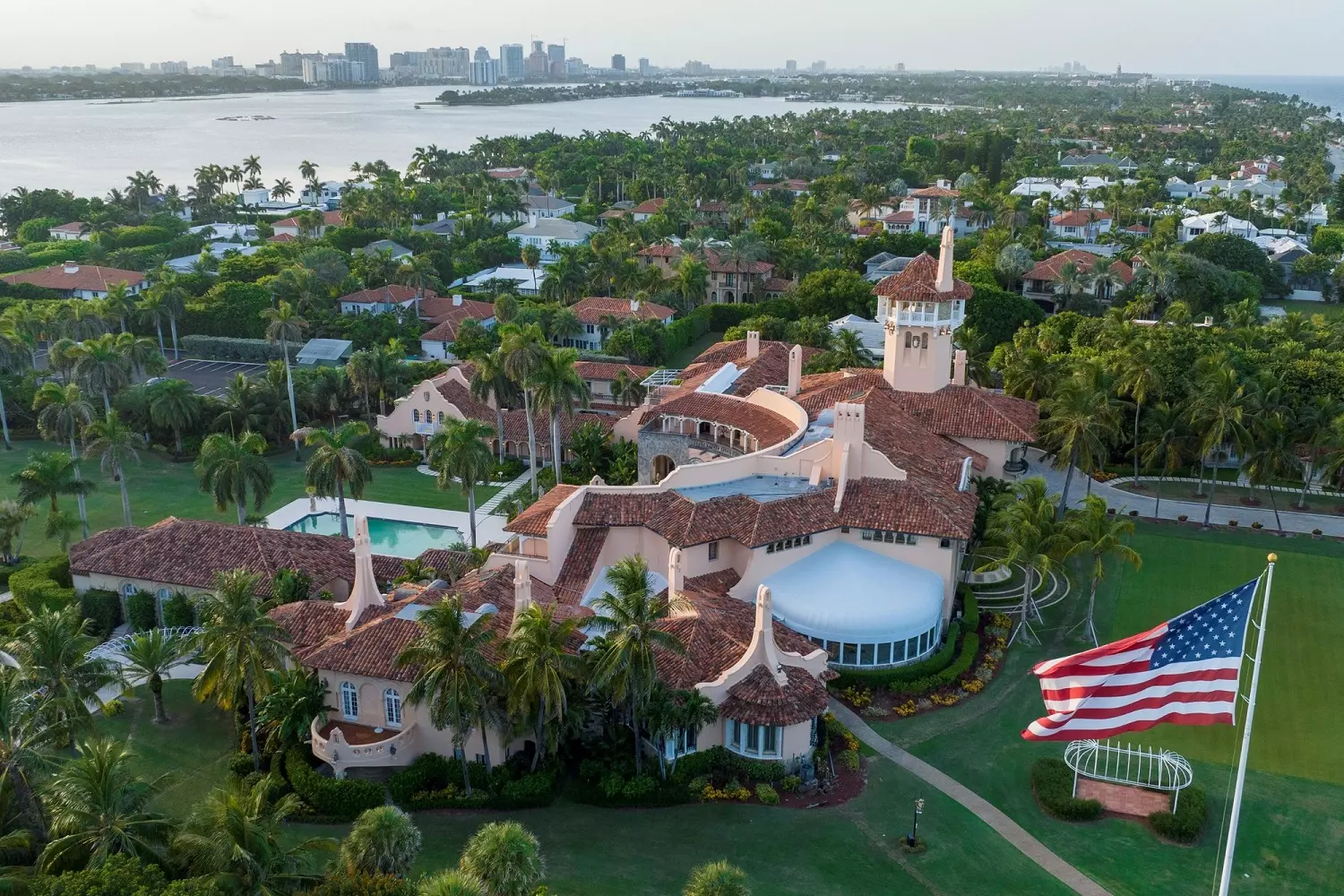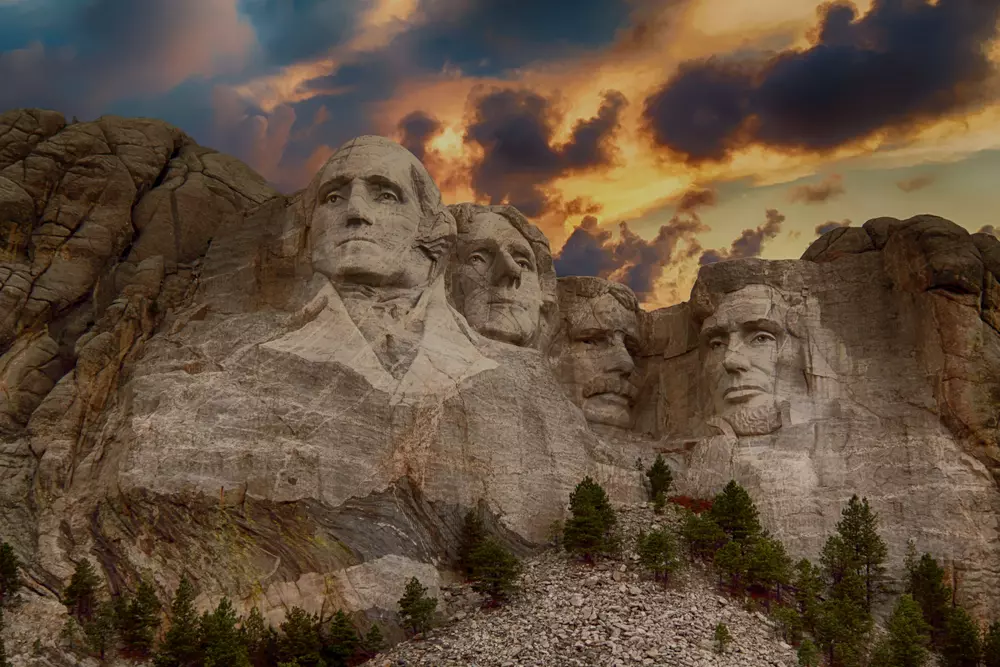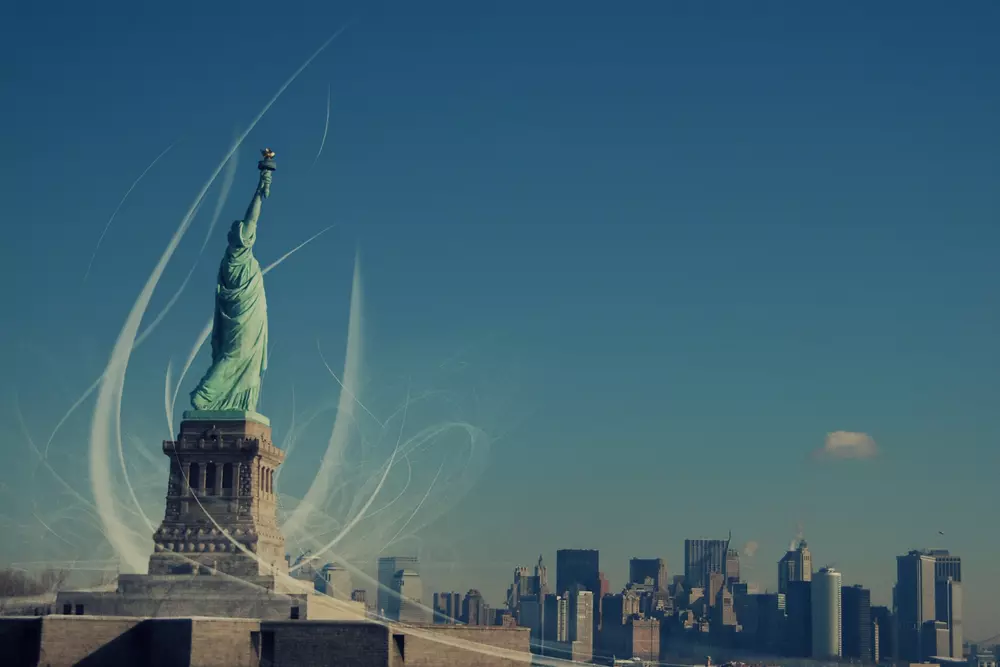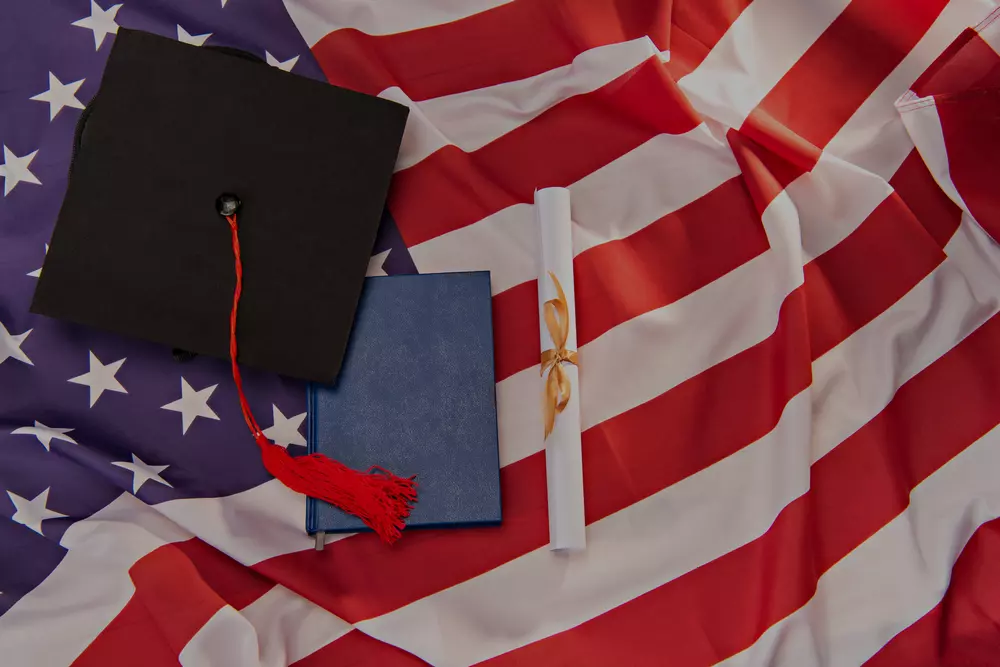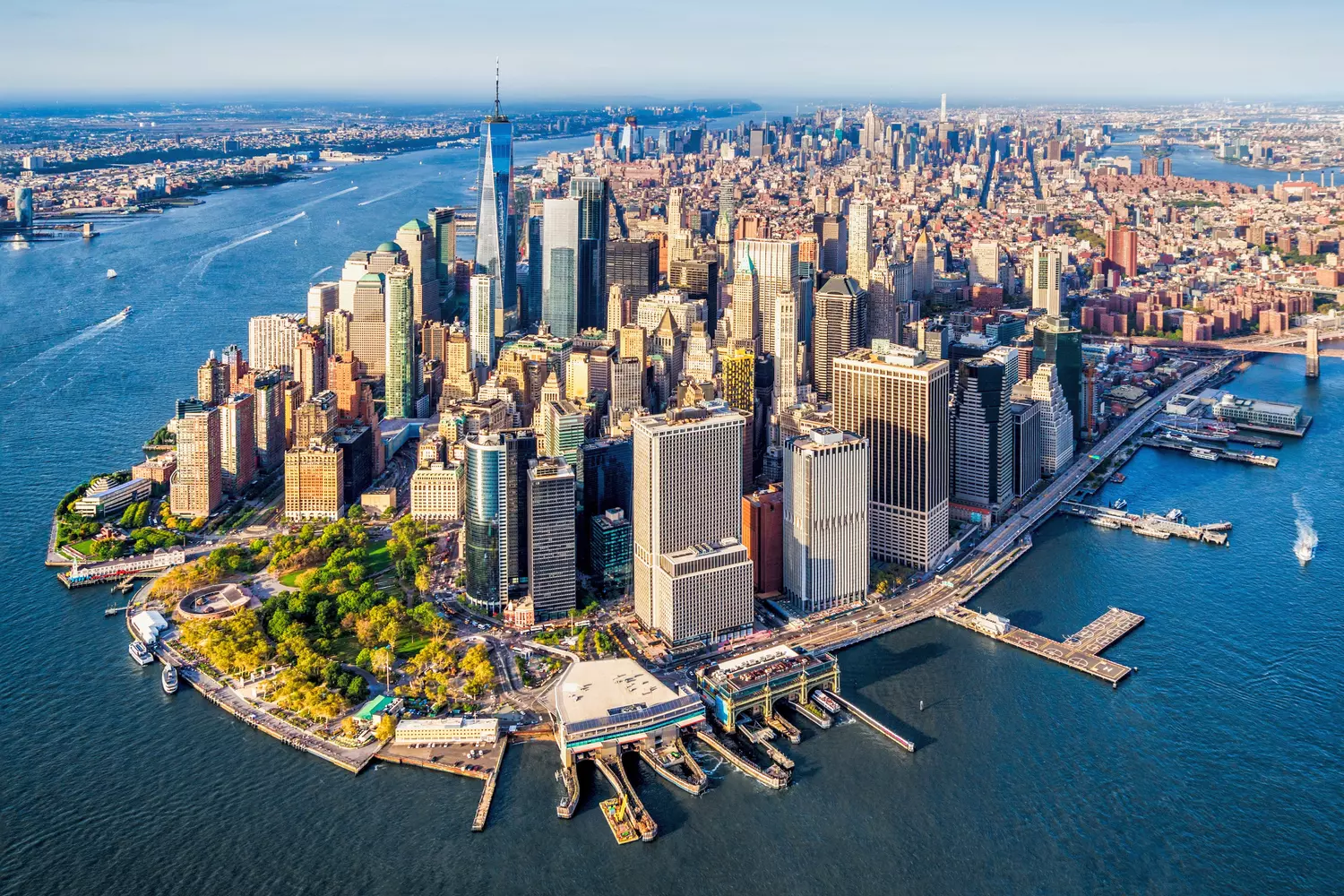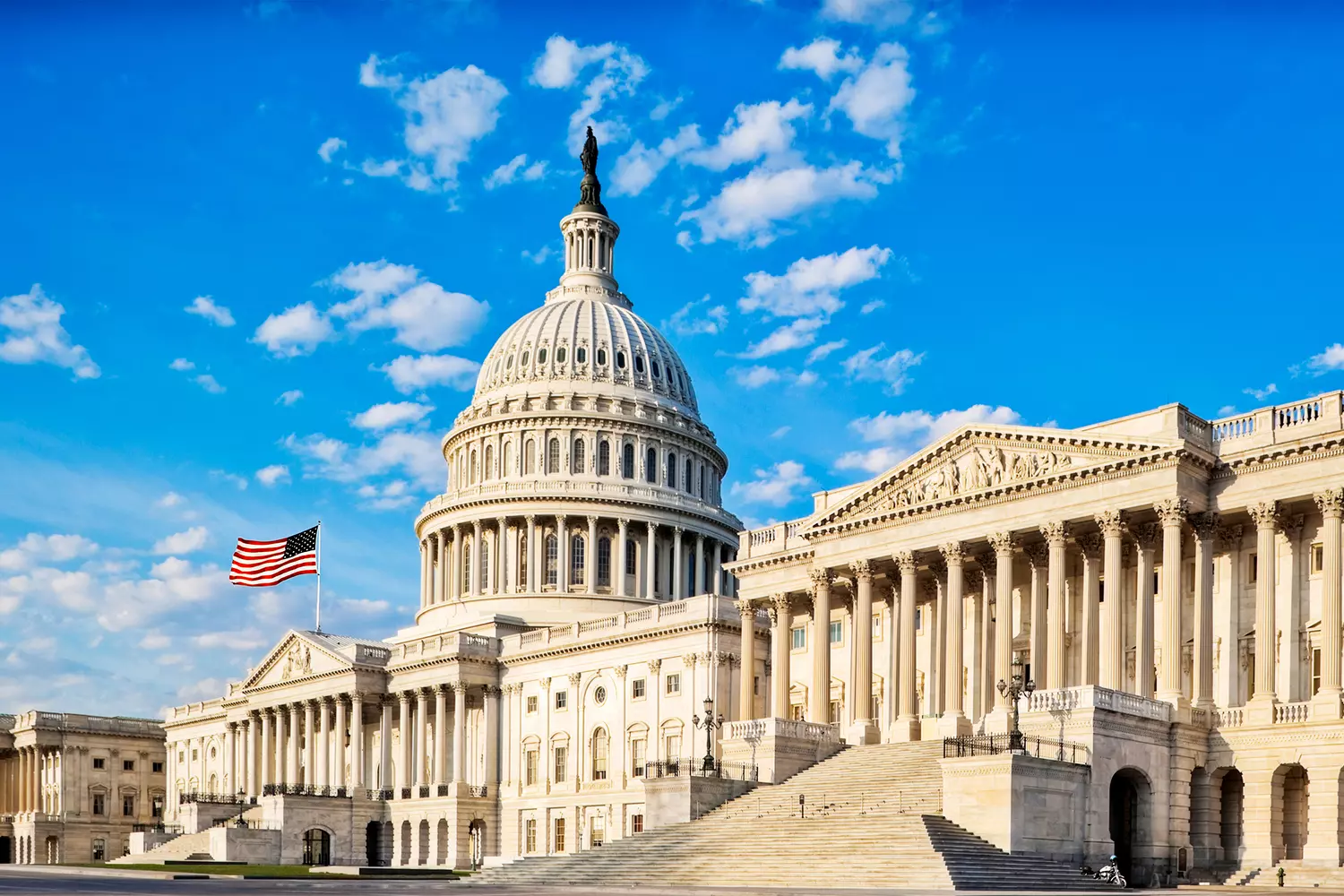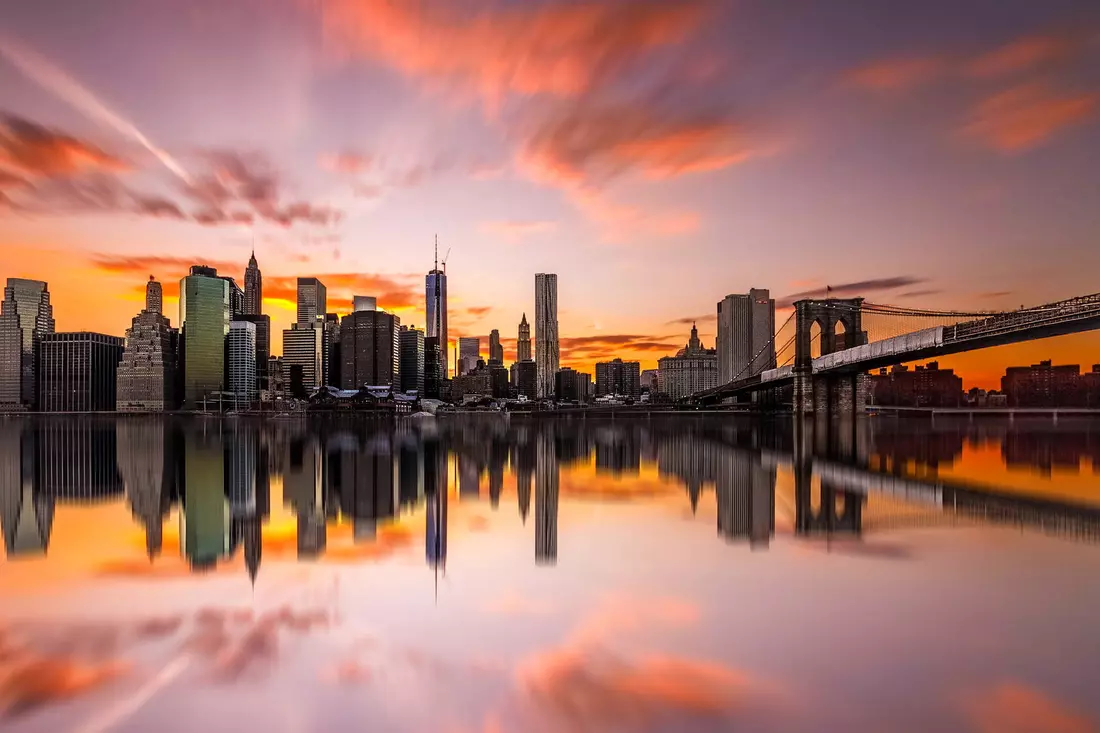Donald Trump: The Story of Ascending to Global Leadership and Influence
We describe the amazing journey of Donald Trump — from a successful businessman and media mogul to the President of the United States, his influence on the world stage, and the legacy he left in politics and business.
Donald Trump stands as the only modern politician to successfully return to the White House after an electoral defeat. His journey from businessman and media figure to the 45th and 47th President of the United States deviates significantly from a standard political career. A billionaire, reality TV star, and a figure whose decisions often sparked controversy, he has consistently remained in the spotlight.
How did Trump build his empire, why did he decide to enter politics, and how was he able to regain power after four years out of the White House? This article will explore the key events of his life and their impact on the United States and the world.
Early Life: Family and Upbringing
Donald Trump was born on June 14, 1946, in New York City. His father, Fred Trump, was a successful real estate developer who built residential housing in Brooklyn and Queens. His mother, Mary Anne MacLeod, immigrated to the United States from Scotland. The family lived comfortably, but Fred did not allow his children to slack off. He believed that hard work was the only path to success.
Donald grew up surrounded by strict rules. His father taught him to be frugal with money, while his mother instilled a love for order. The household consisted of five children, each expected to be independent. Praise was rare, but results were always demanded.
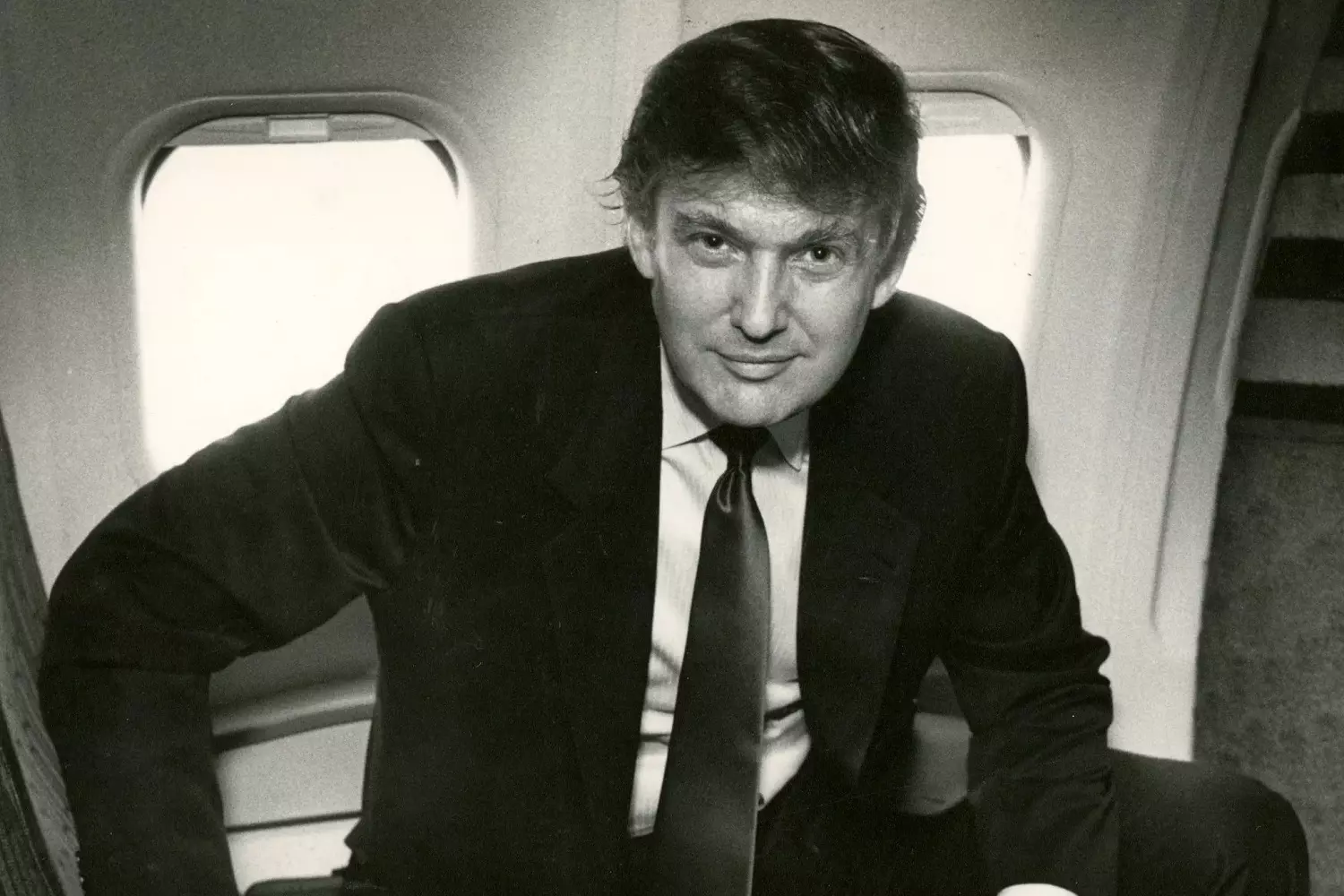
In school, Donald was known for his defiant behavior. Teachers complained about his conduct, and classmates recalled his inability to yield. To channel his son's energy constructively, his father sent him to the New York Military Academy. There, the future billionaire learned discipline, adapted to a rigid schedule, and understood the importance of leadership.
After the academy, he enrolled at Fordham University but soon transferred to the Wharton School of Business at the University of Pennsylvania. This school was considered one of the best in finance. His father hoped that his son would continue the family business, and he was not mistaken.
By the time he graduated, Donald knew he wanted to pursue real estate, but he was not satisfied with working on low-cost housing in Brooklyn. He dreamed of large projects in the heart of Manhattan and was confident he could achieve more than his father.
Business Empire: Successes and Failures
After graduating from university, Donald Trump did not join the family business, as his father had expected. He was not attracted to developing residential complexes in Brooklyn and Queens. He wanted to pursue luxury real estate in Manhattan. In the early 1970s, this was a risky decision. The area was considered troubled, and investors preferred more reliable locations.
His first major project was the restoration of the Commodore Hotel on 42nd Street. The building was in a deplorable state, but Trump managed to convince city authorities to provide tax breaks and the bank to issue a loan. In 1980, the renovated hotel opened as the Grand Hyatt and immediately began generating profit. This success made Trump a prominent figure in the real estate world.
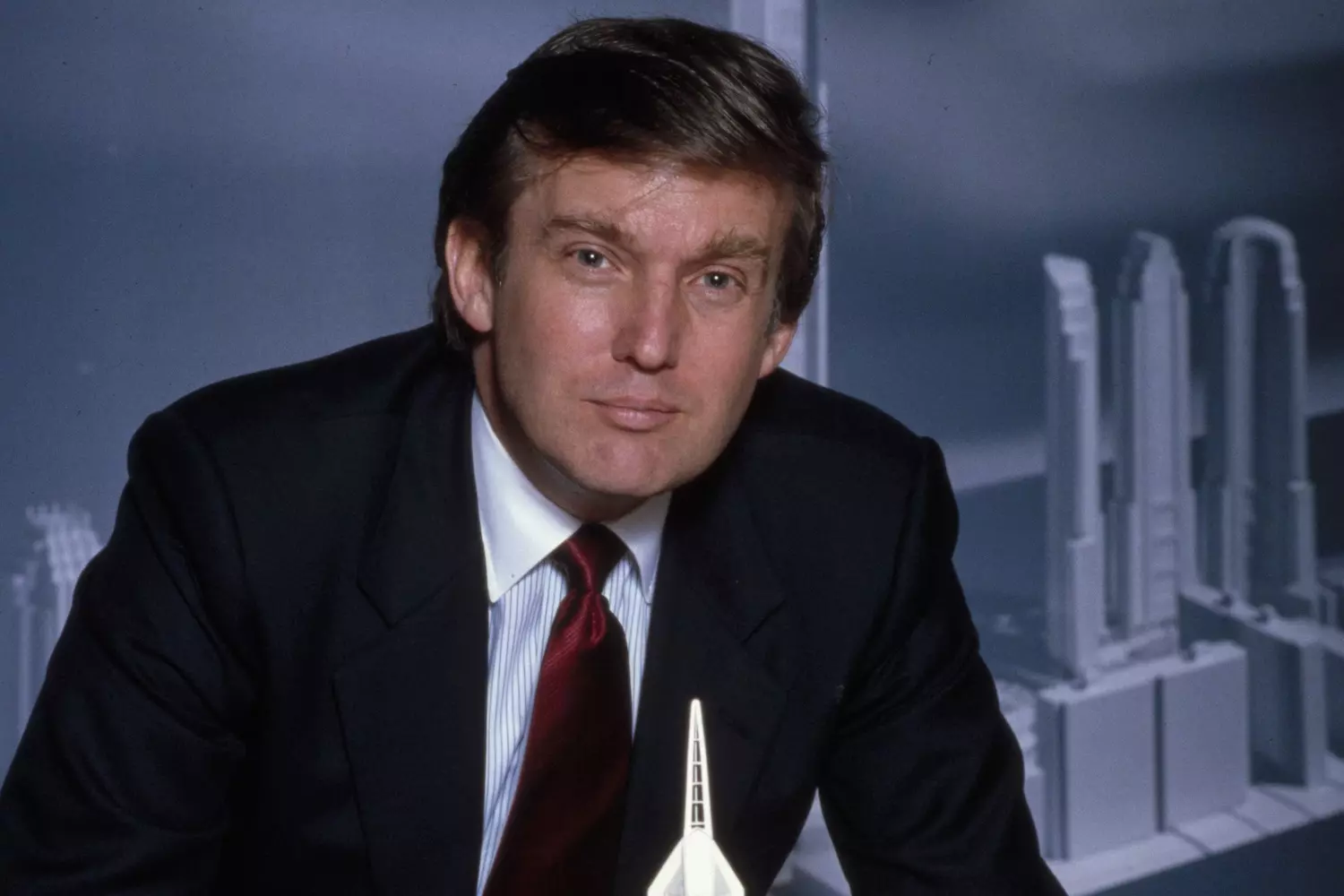
After that, he switched to ambitious projects. In 1983, the Trump Tower skyscraper appeared in the center of Manhattan. Construction was expensive, but sales of luxury apartments and rentals of commercial spaces recouped all investments. The skyscraper became a symbol of success, and the Trump name became a recognizable brand.
In the late 1980s, he decided to expand beyond New York. He bought casinos in Atlantic City, acquired the Plaza Hotel, and invested in the Trump Shuttle airline. Expenses grew, but banks readily provided loans. It was believed that Trump did not make mistakes.
The crisis of the 1990s shattered this illusion. The real estate market collapsed, and projects financed with borrowed funds became unprofitable. Trump's company was on the verge of bankruptcy. He lost control of several properties but managed to retain the most valuable asset — his name. Banks agreed to restructure the debts because they understood that the Trump brand still worked.
After the crisis, he focused on licensing. Instead of building new buildings, he sold the right to use his name. Hotels, residential complexes, and commercial centers with his name appeared worldwide. This allowed him to generate profit without significant expenses.
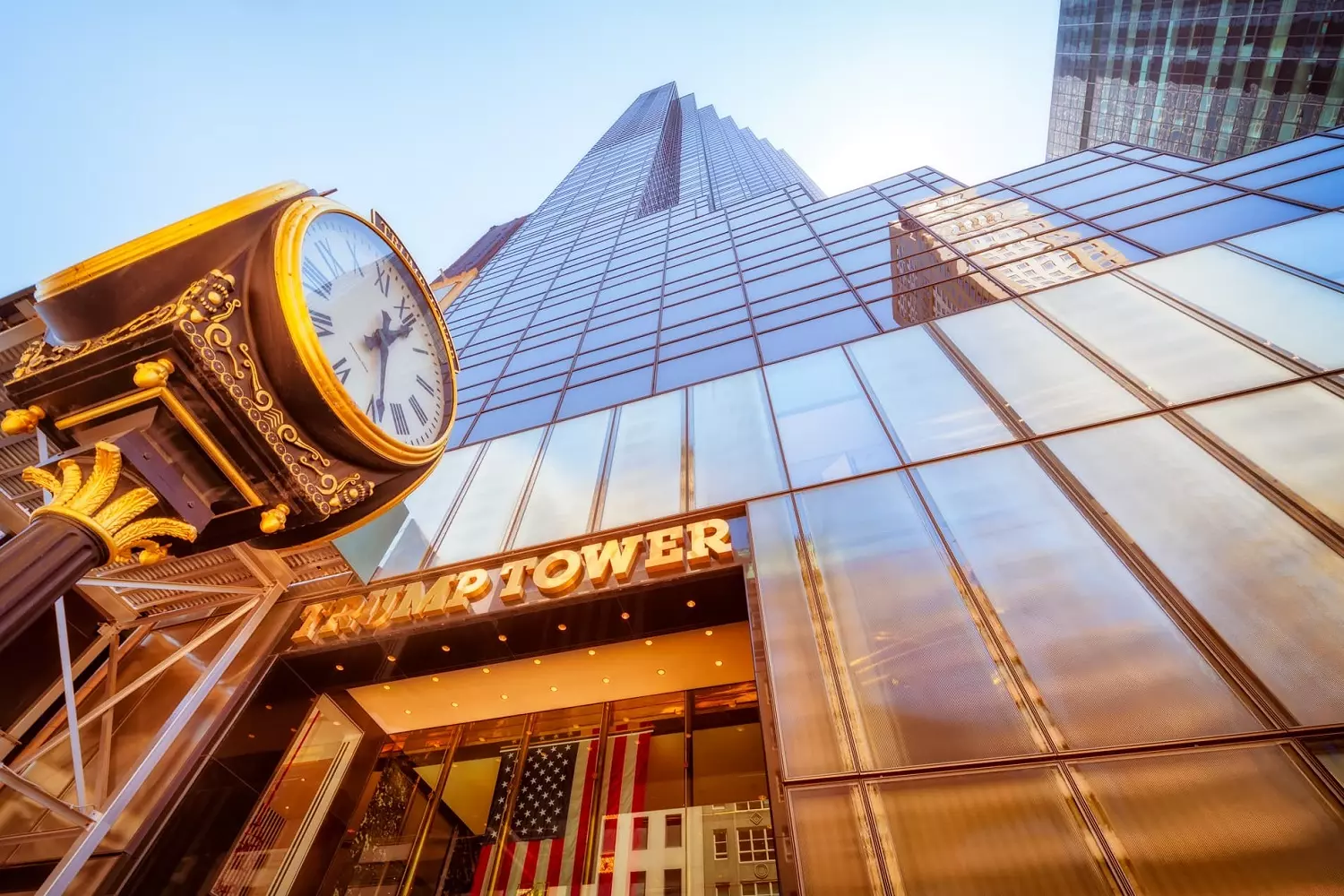
Trump tried his hand in various fields. He owned the Miss Universe and Miss USA pageants, produced vodka and steaks under his own brand, and sold clothing and accessories. Not all ideas were successful. Some projects failed, but the core business — real estate — remained stable.
By the early 2000s, he had regained his status as one of the most influential developers. His strategy changed: fewer risks, more work with already successful properties. This allowed him not only to restore his fortune but also to strengthen his personal brand, which soon brought him a new role — in politics.
Television and Popularity
By the early 2000s, Donald Trump was already known as a builder, entrepreneur, and casino owner. However, true fame came to him after the release of the reality show "The Apprentice." This was not his first experience with television; he had previously appeared in news reports, interviews, and minor roles in films. But it was this show that made him recognizable worldwide.
Launch of "The Apprentice"
In 2004, the first season of "The Apprentice" aired. Participants competed for the opportunity to get a job at one of Trump's companies. The winner was the one who performed best in challenges related to business, negotiations, and strategic thinking.
The show attracted attention for several reasons:
- Trump presented himself not only as an entrepreneur but also as a charismatic leader.
- The reality format proved successful; viewers enjoyed watching the competition.
- The phrase "You're fired!" became iconic and memorable to millions of people.
The show became a hit and remained on television for over ten years. Its success led to the creation of "The Celebrity Apprentice," where celebrities competed. This project further strengthened Trump's reputation as a media figure.
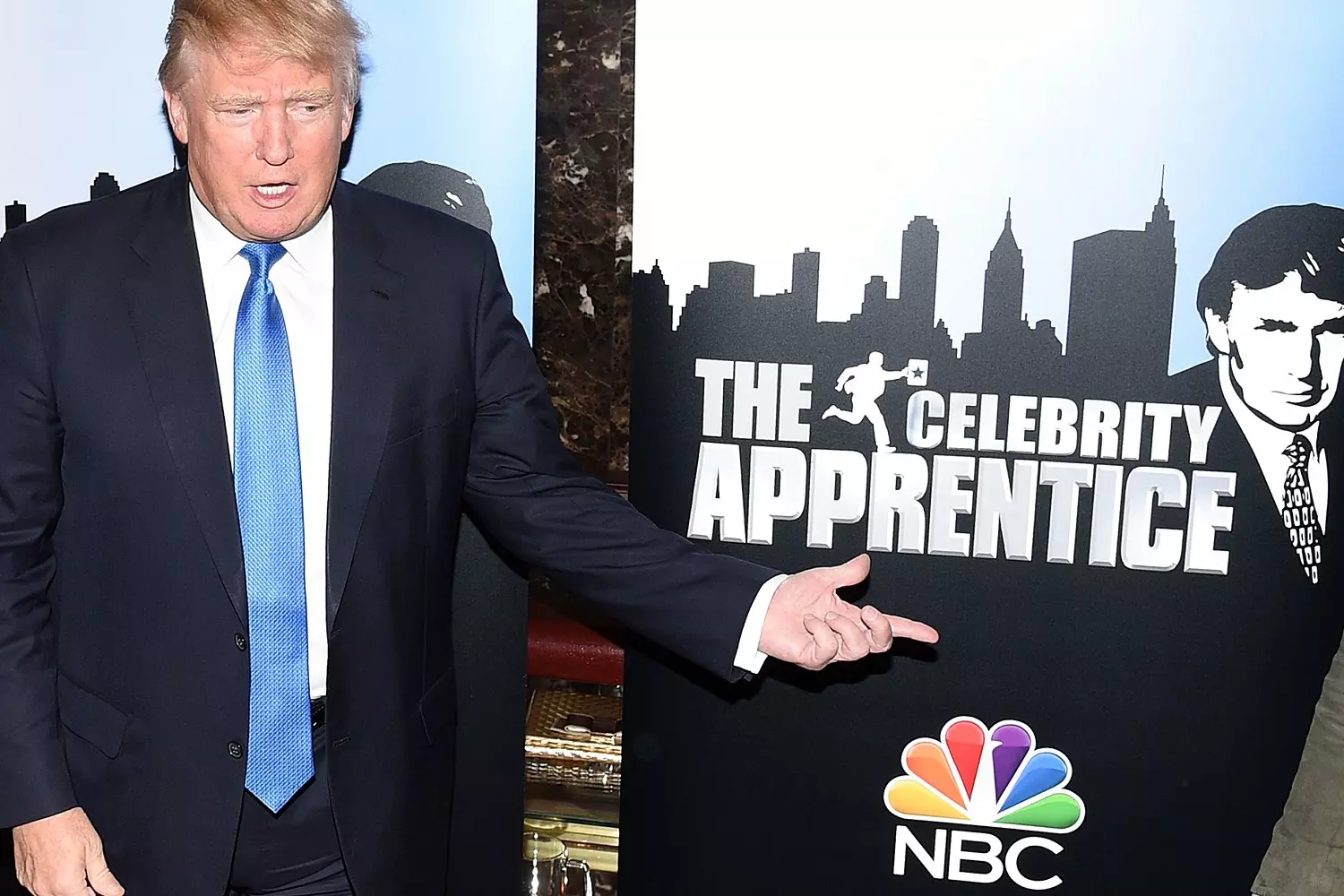
Image Building
Television gave Trump not only popularity but also the image of a tough but fair leader. He presented himself as a person who achieves success and knows how to negotiate. This image played a crucial role when he decided to enter politics.
In addition to "The Apprentice," Trump frequently appeared on various television shows, voiced himself in animated series, and played cameo roles. His cameos can be seen in the film "Home Alone 2," the series "The Fresh Prince of Bel-Air," "Sex and the City," and many others.
Commercial Success
Popularity on television helped Trump monetize his name. After the show's release, sales of his books, clothing, and accessories with the Trump name skyrocketed. Companies eagerly signed contracts with him, hoping to attract public attention.
The reality show made Trump not only richer but also closer to ordinary viewers. If he was previously perceived as a billionaire from Manhattan, he now appeared as a person who gives advice on how to become successful. This image later helped him in the presidential race; many voted for him precisely because they knew him from television, not from business news.
Political Career: The Path to the White House
Donald Trump had been interested in politics for many years, but hesitated to run for office. He spoke out on current issues, criticized the authorities, and supported individual candidates, but did not enter the race himself.
First Attempts
In 1987, Trump first spoke about the possibility of running for office. At that time, he had not yet settled on his political views — he initially supported the Democrats, then the Republicans, and later joined the Reform Party. In 2000, he even participated in its primaries but quickly abandoned the struggle.
In 2012, Trump once again considered the presidency. He actively criticized Barack Obama, questioned the authenticity of his documents, and hinted that he might become a Republican candidate. However, at the last moment, he changed his mind.
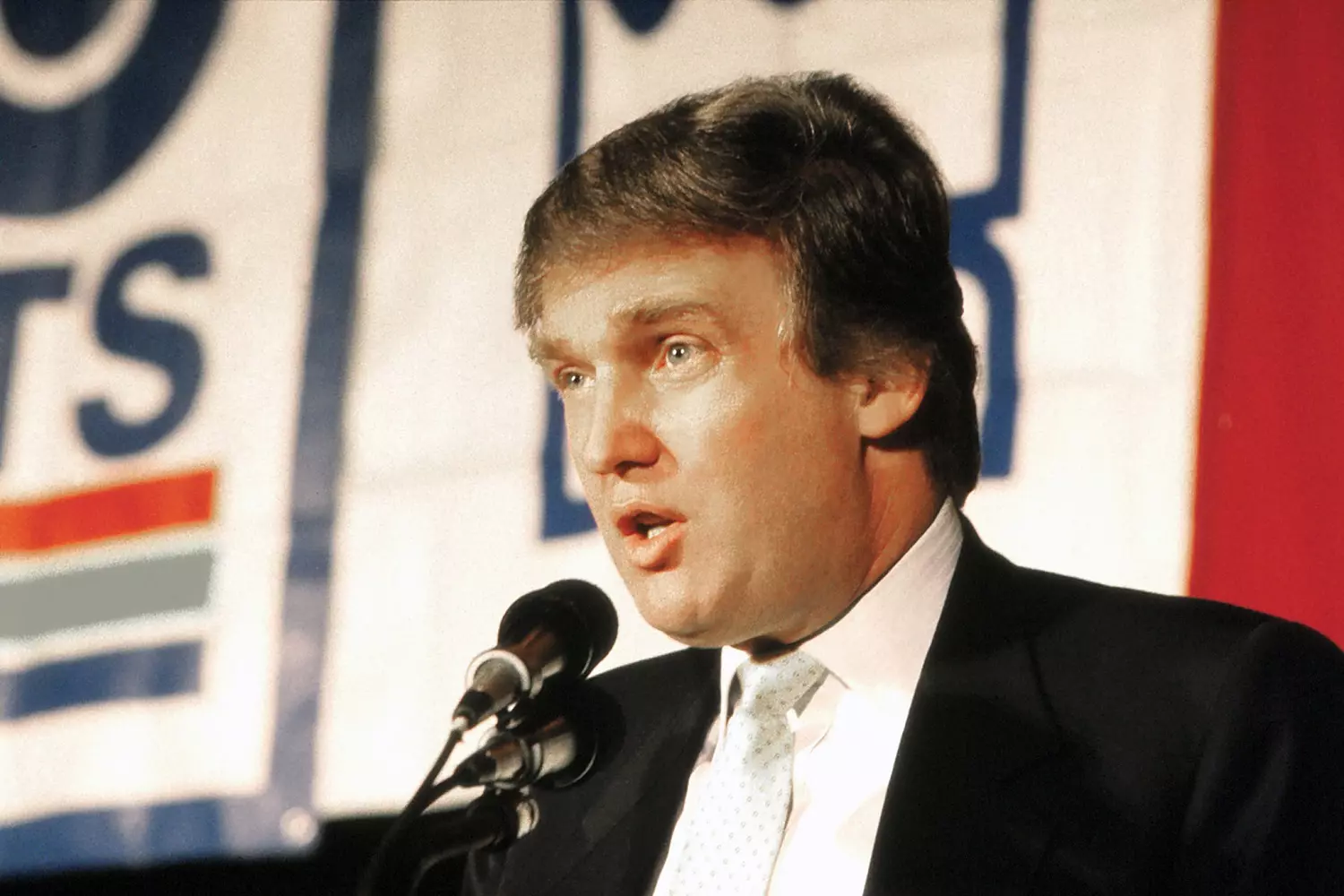
2016 Election
In June 2015, he announced his candidacy. This statement was met with skepticism; many did not take him seriously. Competitors and the media believed that he was using the campaign for self-promotion. However, it soon became clear that his support was growing.
Trump put forward several key ideas:
- strict immigration control and the construction of a wall on the border with Mexico;
- tax cuts and deregulation for businesses;
- revision of trade agreements in favor of the United States;
- refusal to interfere in conflicts abroad and focus on domestic problems.
His rhetoric differed from standard political speeches. He spoke directly, used sharp language, and was not afraid of conflicts. This helped him stand out from his competitors.
Many experts predicted his defeat, especially after scandals involving offensive statements and leaked compromising recordings. But he was able to maintain the support of key voter groups — primarily residents of the US industrial belt, dissatisfied with the economic situation.
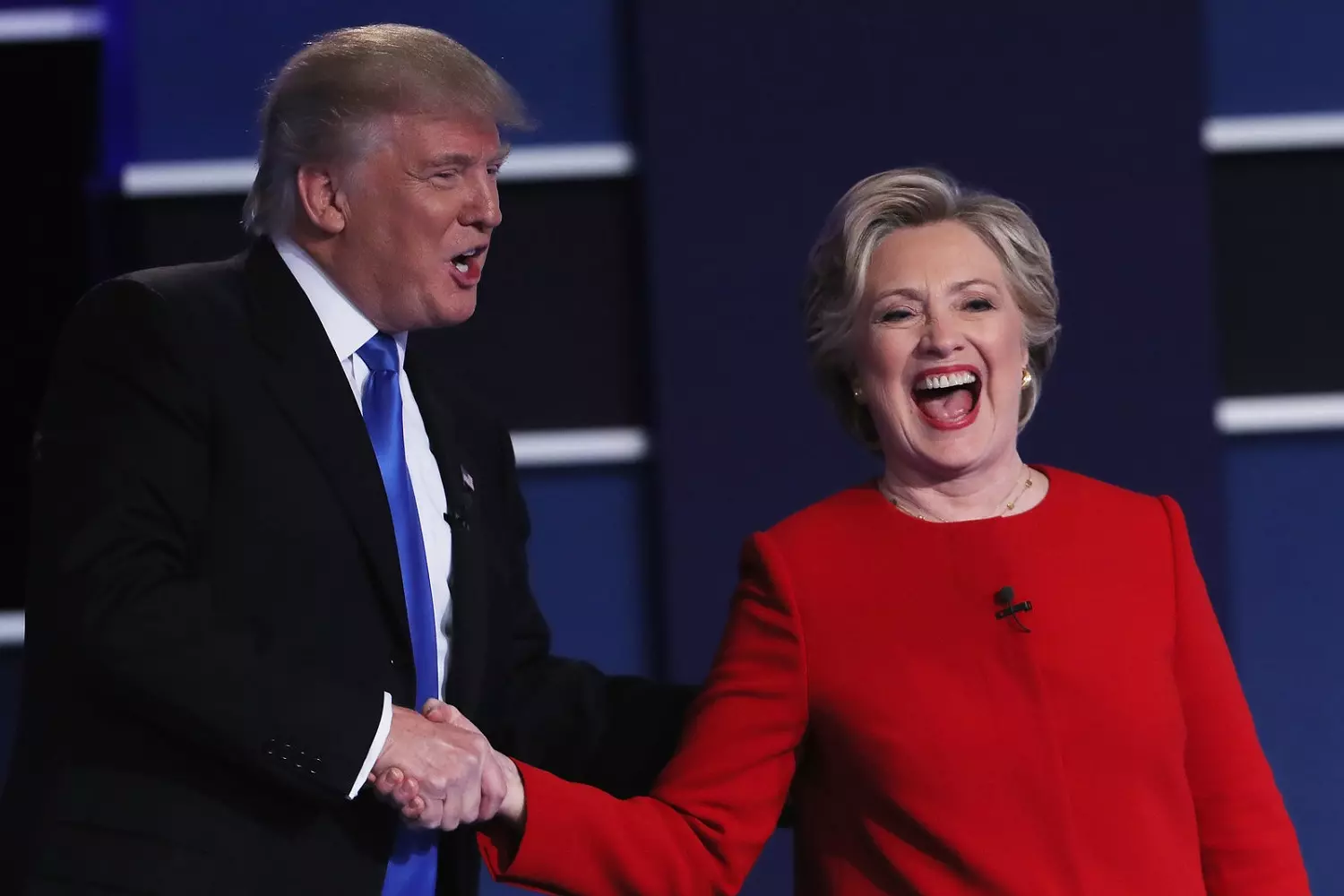
Victory and Presidency
On November 8, 2016, Donald Trump defeated Hillary Clinton, becoming the 45th President of the United States. This was unexpected for many, as most forecasts predicted a Democratic victory.
During his presidency, he implemented several reforms:
- reduced taxes for businesses and citizens;
- initiated a trade war with China, imposing harsh tariffs;
- tightened migration policy, restricting entry from a number of countries;
- canceled some of Obama's programs, including healthcare reform.
His management style was criticized. He often clashed with the press, fired high-ranking officials, and behaved unconventionally in traditional politics. But his supporters valued this straightforwardness.
2020 Election and Departure from the White House
In 2020, he ran against Joe Biden. The vote took place against the backdrop of a pandemic and mass protests. Following the election results, Trump lost but refused to concede defeat. He claimed that the results were falsified and demanded a recount.
The situation escalated after the events of January 6, 2021, when his supporters stormed the Capitol. This led to his impeachment and later to a ban on his social media accounts.
After leaving office, he continued his active work, maintaining influence over the Republican Party and hinting at a possible return to politics.
Life After the Presidency and Global Influence
After the end of his first presidential term in January 2021, Donald Trump did not withdraw from public life. He continued to actively participate in politics and public affairs, which ultimately led to his second presidential term.
Period After the First Presidency (2021–2025)
After leaving the White House, Trump focused on several areas:
- Political Activity. He continued to influence the Republican Party, supporting candidates in local and federal elections. His rallies drew thousands of supporters, and his political action committee, "Save America," raised $124 million by March 2022.
- Media and Communications. After being banned from major social media platforms, Trump launched his own platform to communicate with voters, spreading his ideas and opinions without censorship.
- Legal Issues. In 2023, several criminal cases were initiated against Trump, involving 91 charges, including the possession of classified documents. Despite this, he continued to deny his guilt and claimed that these actions were politically motivated.
Return to Politics and Second Presidency (from 2025)
In July 2022, Trump officially announced his intention to run for president in 2024. His campaign focused on criticizing the Democrats' economic policies, immigration issues, and promises to restore America's former greatness.
In the election on November 5, 2024, Trump won, returning to the White House on January 20, 2025. This made him the second president in U.S. history to return to office after a break, following Grover Cleveland in 1892.
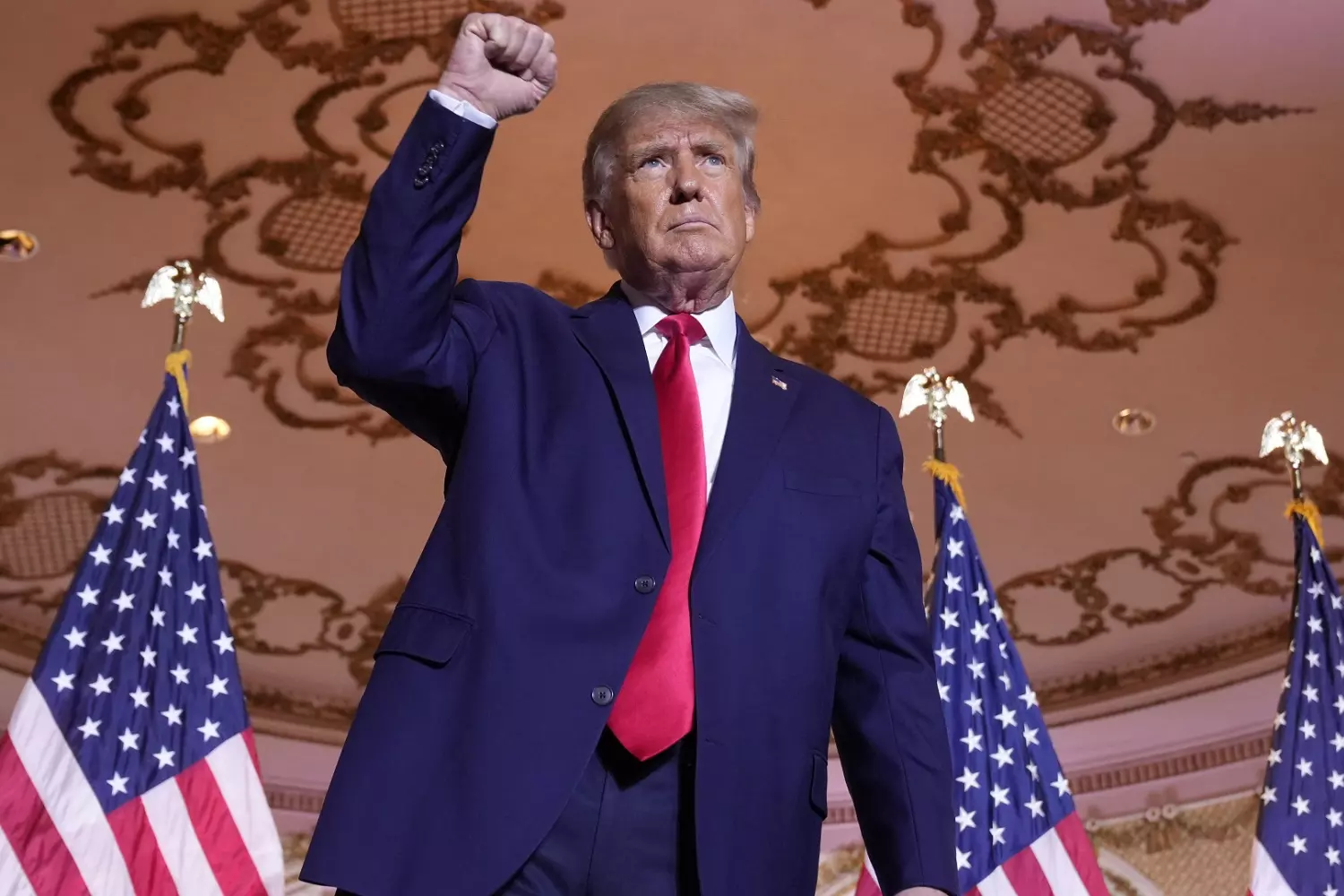
Global Influence
Trump's return to the U.S. presidency had a significant impact on both the domestic and international arenas:
- Economic Policy. He initiated tax cuts, increased tariffs, and restricted immigration, which he believed would stimulate economic growth and protect American jobs. However, these measures raised concerns about the growth of the national debt and market stability.
- International Relations. Trump renegotiated trade agreements, increased pressure on China, and resumed negotiations with allies on defense and economic issues. His "America First" policy elicited mixed reactions on the world stage, leading to a reassessment of many diplomatic relationships.
- Domestic Policy. His tough rhetoric and decisive actions on immigration, healthcare, and other key issues divided society, exacerbating polarization.
Thus, Donald Trump's life after his first presidency was eventful, not only paving the way for his return to the White House but also significantly impacting the political landscape of the United States and the world.














